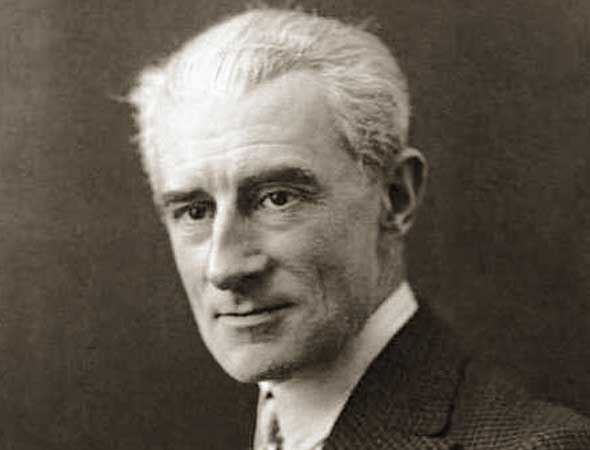RAVEL: Piano Concerto in G
by Jeff Counts
THE COMPOSER – MAURICE RAVEL (1875-1937) – Ravel traveled to Oxford University in 1928 to receive an honorary doctorate. Awards of that sort were hardly rare for artists of Ravel’s caliber but, given his lack of recognition at home (and his refusal to accept it when it finally came), the English gesture of appreciation was significant. But, in truth, Ravel was as impervious to foreign praise as domestic, and he probably didn’t give the British honor much credence after leaving London. Certainly, no more than he gave the rapturous American audiences from his tour there earlier in the same year. For Ravel, adoration and scorn were of equal value. Which is to say, not that much.

THE HISTORY – Some Ravel biographers have posited a Basque source for the original material of the G Major Piano Concerto. One went so far as to claim the work began as an unfinished Basque dance-infused rhapsody for piano and orchestra back in the 1910s, only to be partially resurrected and completed in 1931. Though this makes some sense, given Ravel’s maternal Basque heritage and lifelong dedication to Iberian culture, it is worth mentioning that at least one other source recalled a comment from Ravel that indicated he developed the opening theme of the concerto much later, on the train ride from Oxford to London in 1928. Despite the sketchy inspirational provenance, it appears the composer intended to use the G Major Concerto as the centerpiece of the American tour, also in 1928. But he didn’t start it, let alone finish it, in time for that. When he did get finally get going on the score, he filled it with jazzy touches meant to pay tribute to the innovations of his hosts in the States. Ravel’s new intention for the concerto was to feature it on a grand concert with the Concertgebouw Orchestra in 1931 with himself as soloist. For three reasons, this did not happen either. Ravel was in quite poor health at the time, mentioning once that both he and the concerto were “nearly finished.” Also complicating matters was the simultaneous creation of his other concerto, the D Major “Left Hand” commission for Paul Wittgenstein. Lastly, and perhaps most importantly, Ravel was simply not, in the end, the right pianist for the job. Though he practiced his technical skills with great seriousness during the composition of the concerto, Ravel eventually realized that he could best serve the piece from the podium. When it premiered in 1932, Ravel’s G Major masterpiece was performed by Marguerite Long in Paris. It was, in the composer’s own opinion, the “more Ravelian” of his two concertos, a work in which, according to scholar John Burk, he “had poured his thoughts into the exact mold that he had dreamed.”
THE WORLD – Elsewhere in 1931, the Second Spanish Republic was proclaimed in 1931 after the overthrow of King Alfonso XIII, Bela Lugosi’s Dracula was released, the Vatican Radio was founded and the Invergordon Mutiny of Britain’s Royal Navy occurred.
THE CONNECTION – Ravel’s G Major Concerto is programmed regularly by the Utah Symphony. The most recent performance occurred in September 2018. Thierry Fischer conducted and Alexandre Tharaud was soloist.











